Sculptures of Flisvos- Chessboard
Tens of sculptures along Flisvos to Alimos.

Tens of sculptures along Flisvos to Alimos.
Home > Athens > Culture > Modern art/ sculpture > Greater Athens > Sculptures of Flisvos- Chessboard
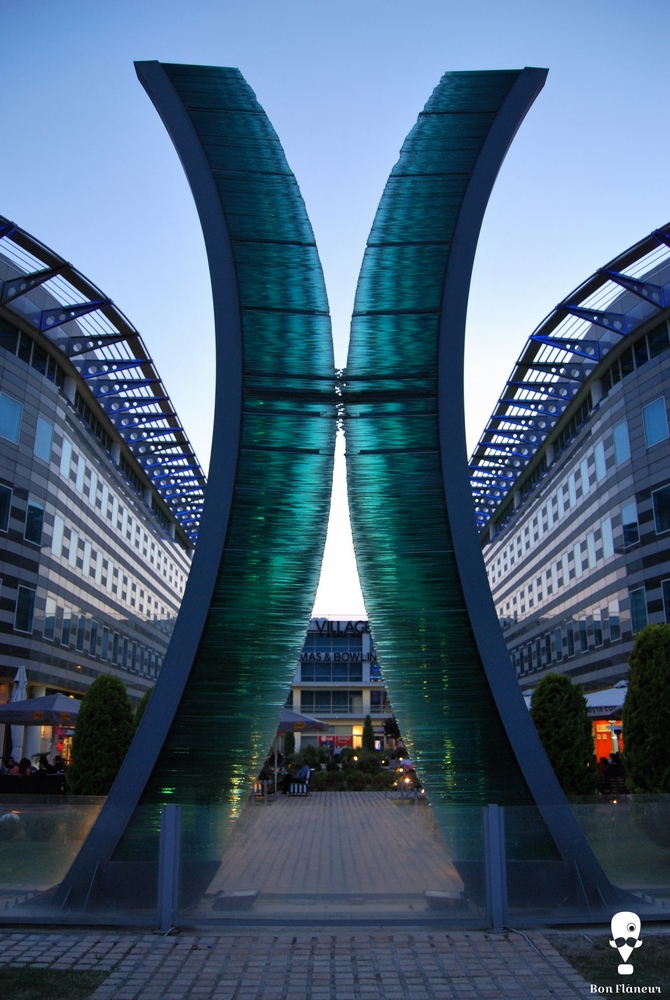







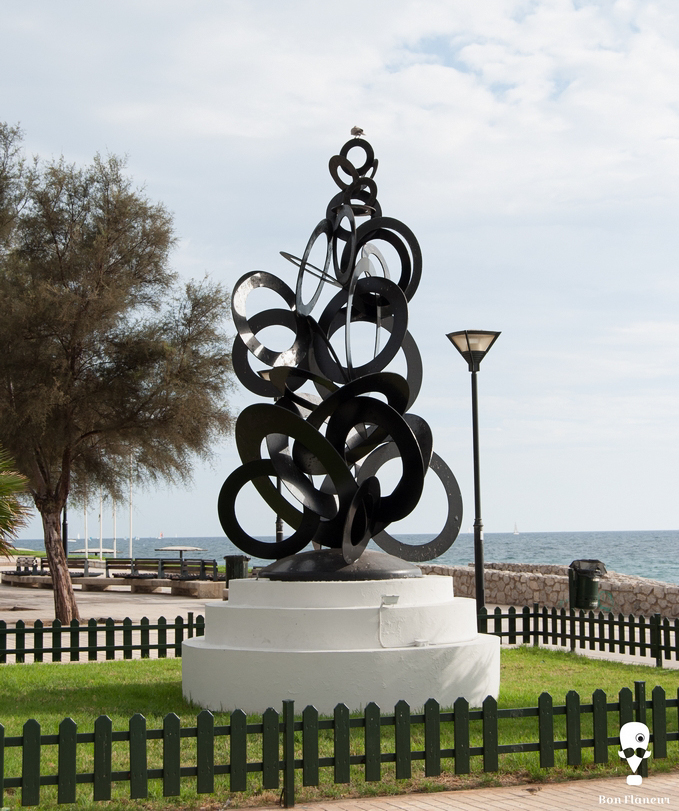

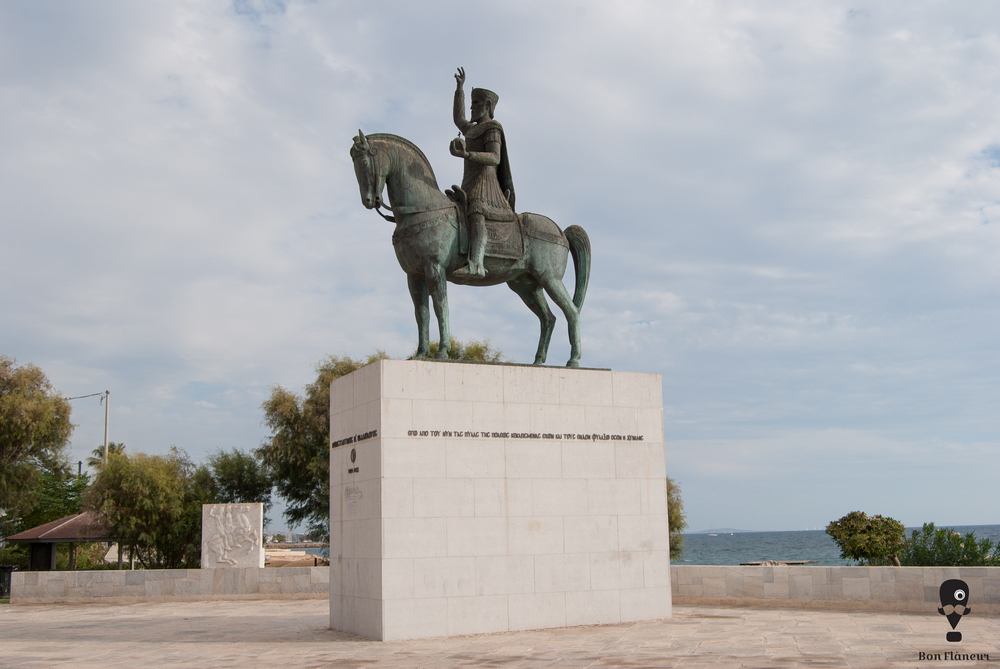

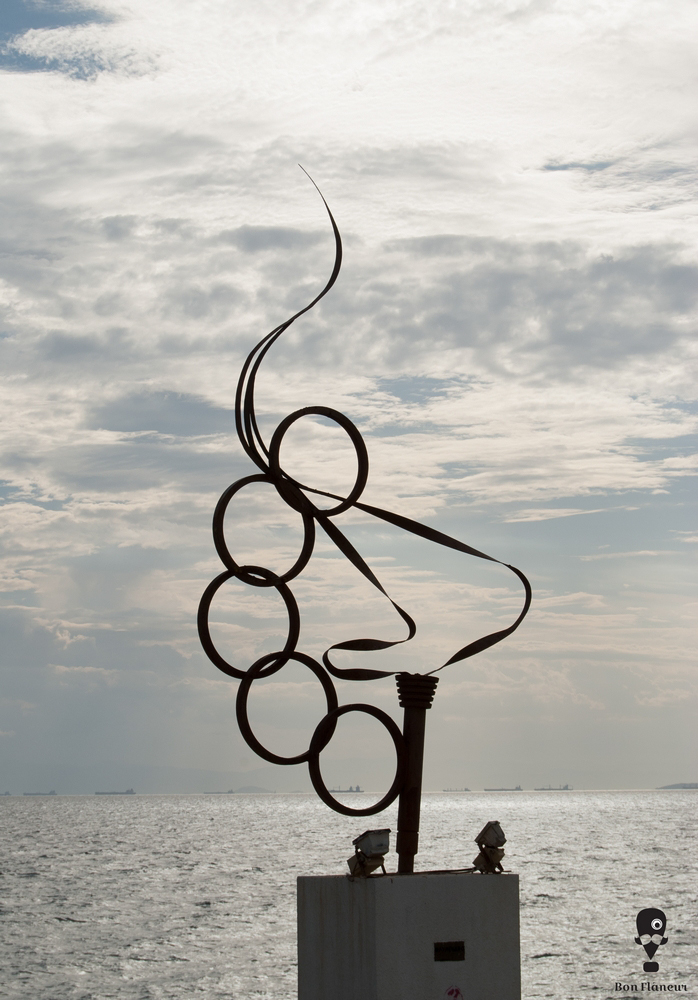

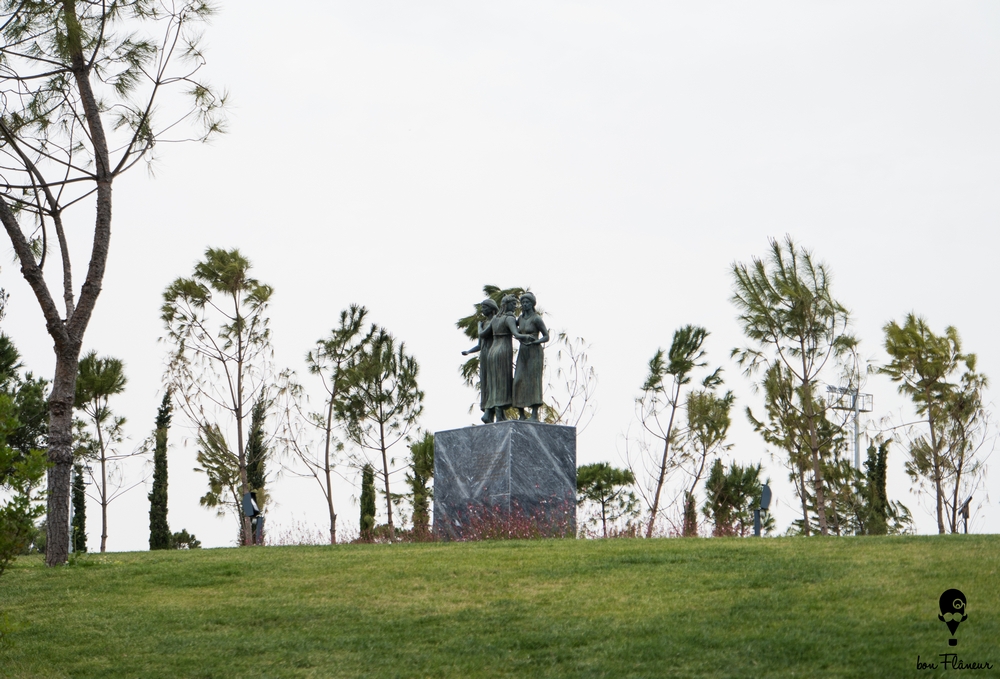
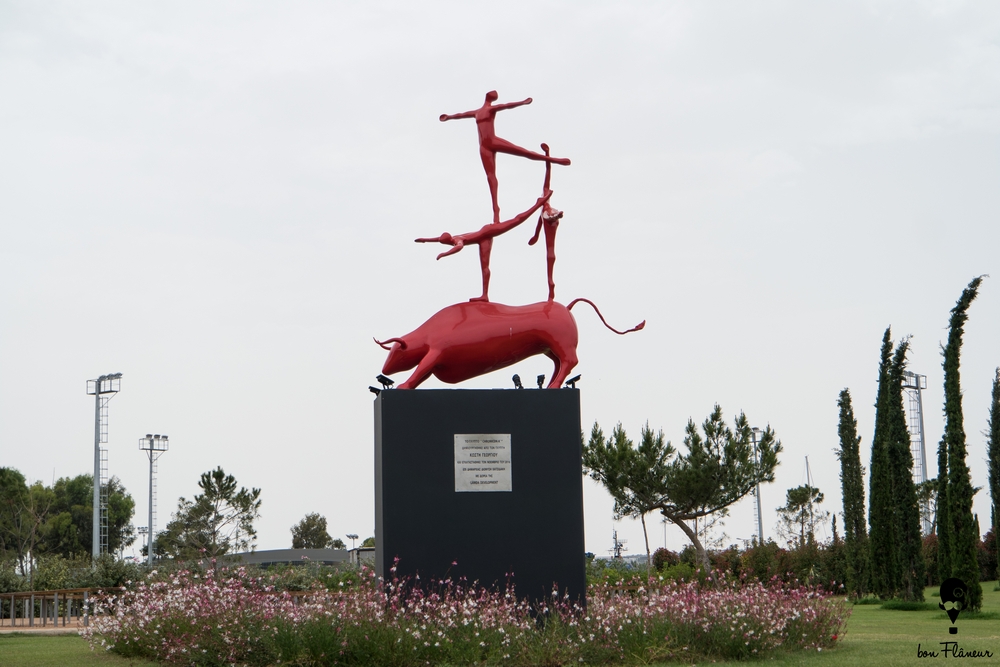
There are many sculptures that adorn the coastal route that starts from Agia Skepi, ends at the stream of Pikrodafni and is about 3.5 km long. At the area of the Paleo Faliro Sports Centre, we see the “Meeting” (2005), an impressive glass sculpture by Kostas Varotsos, the shape of which blends harmoniously with the shape of the buildings that surround it. A little further down, we see “Chronicon A” (2017) by Kostis Georgiou, a contemporary sculpture, which is inspired by the tavrokathapsia (bull-rings) of Minoan Crete. The sculpture “Three Graces” (2017) by Georgios Roussis is inspired by Greek mythology, while the “Stairs” by Achilleas Apergis poetically symbolize the path to knowledge and the accession to truth. There are many sculptures by the internationally acclaimed sculptor Giorgos Giannakas, such as “Flying”, “Survivors” (2013), “Olympic Flame” and many metal figures. Two other contemporary sculptures are the four-metre metal “Polycyclo” (2005) by Nikos Giorgos Papoutsidis and the “Monument of Internet Meetings” by Angelos Plessas, which is an ode to online dating – especially of gay culture – and was presented at the 2nd Biennale of Athens in 2009. The monumental sculptures include the bust of the archaeologist Manolis Andronikos (1994) by Takis Parlavantzas and the equestrian statue of Constantine Palaiologos, the last emperor of the Byzantine Empire. It is a work by Giannis Pappas, has monumental size and style and is oriented towards Istanbul. Finally, a stele is dedicated to the ancient mythical hero Faliros, from whom the area has taken its name.
One of the most emblematic sculptures of the area, the “Seagulls” of Rosa Iliou, has been stolen, probably for the exploitation of its metal. “Chrysallis” by Polyxeni Kasda is – according to the sculptor – a grail coming from the Greek language. In 2004, it hosted the Olympic flame.
Field observation by scientific editors
Konstantopoulos K., (2022), Άγγελος Πλέσσας: Ένα φυλαχτό για όλους στη Λεωφόρο Αλεξάνδρας, [Angelos Plessas: A talisman for everyone on Alexandras Avenue], in Athinorama
Last visit 13/7/2023
Leriou A., (2017), Παλαιό Φάληρο, όψεις της ιστορίας της πόλης και του δήμου, [Paleo Faliro, aspects of the history of the city and the municipality], Alexandros Publication
Glyptothiki, (2007), Daily Archives,
https://glypto.wordpress.com/2007/05/28/
Last visit 13/7/2023
TANEATeam, (2017), Οι Τρεις Χάριτες αποκαλύπτονται στο Φάληρο, [The Three Graces are revealed in Faliro], in Ta Nea
https://www.tanea.gr/2017/03/15/lifearts/oi-treis-xarites-apokalyptontai-sto-faliro/
Last visit 13/7/2023
Share